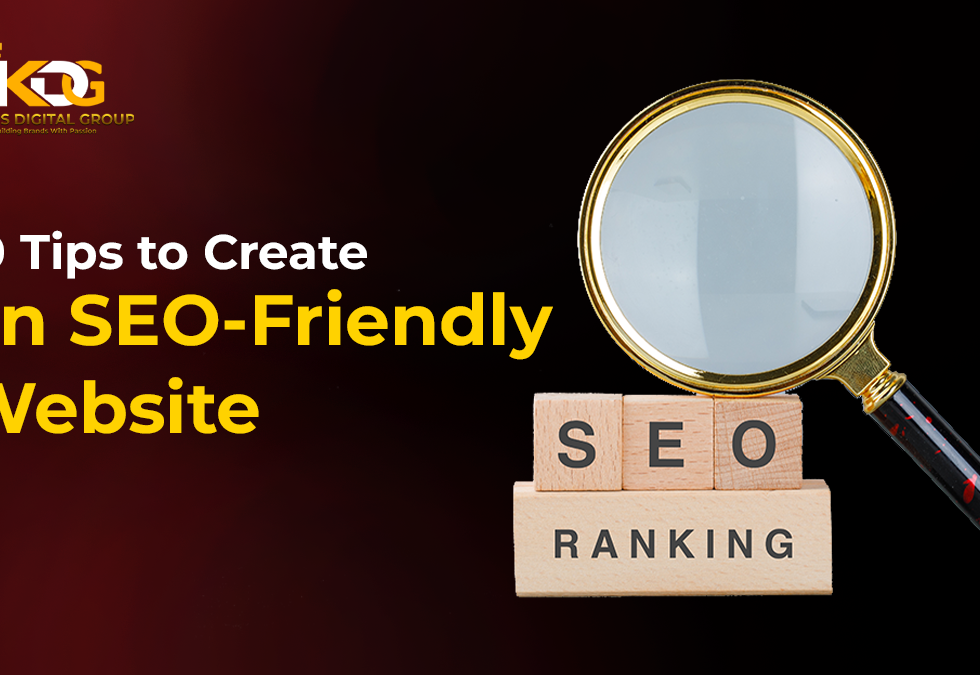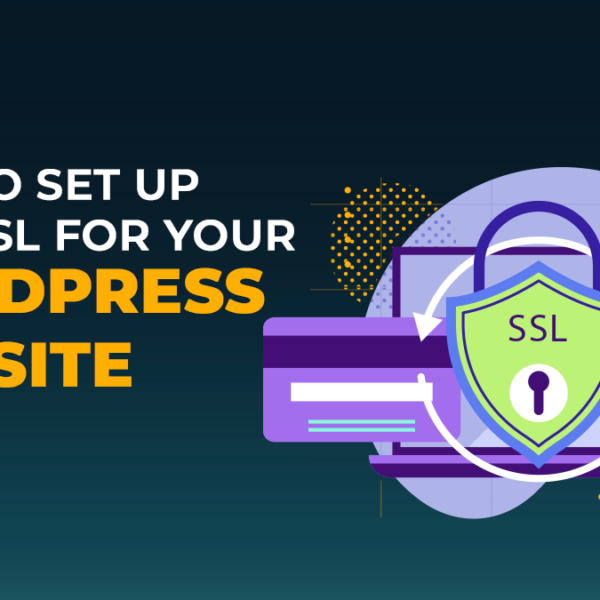10 Tips to Create an SEO-Friendly Website
Conduct Keyword Research – Identify relevant keywords to target in your content. Optimize Title Tags and Meta Descriptions – Include keywords and make them enticing for clicks. Use Header Tags Properly – Organize content with H1, H2, and H3 tags for readability. Create High-Quality, Original Content – Produce valuable, informative, and engaging content.
10 Tips to Create an SEO-Friendly Website – Ensure Mobile-Friendliness – Make your site responsive for mobile users. Improve Website Speed – Optimize load time by compressing images and minimizing code. Optimize URLs – Use short, descriptive URLs with relevant keywords. Internal Linking – Connect related pages to help both users and search engines navigate. Secure Your Website with HTTPS – Use SSL certificates for a secure site, which boosts rankings. Create an XML Sitemap – Help search engines index your pages faster by submitting a sitemap.
What is an SEO-Friendly Website?
An SEO-friendly website is designed to meet the best practices of search engine optimization (SEO), making it easier for search engines like Google to crawl, index, and rank its pages. This involves using relevant keywords, optimizing meta tags (title and description), and ensuring content is valuable, unique, and structured for readability. A mobile-friendly design, fast loading times, secure HTTPS encryption, and clean URLs are also essential for both user experience and search rankings. Additionally, internal linking, optimized images, and the use of header tags (H1, H2) help search engines understand and prioritize your content effectively.
How to make SEO-Friendly Website?
To create an SEO-friendly website, focus on keyword research, optimize title tags, meta descriptions, and headers, ensure mobile responsiveness, and improve loading speed. Use clean URLs, secure your site with HTTPS, and provide high-quality, original content. Additionally, implement internal linking and submit an XML sitemap for better indexing.
1. Unique Title and Descriptions for All Pages
Each page of your website should have a unique, compelling title and meta description that includes relevant keywords. This helps search engines understand the content of the page and improves click-through rates from search engine results. Customizing these elements also enhances user experience and relevance.
2. List Your Website Link in Google Business Listing
Registering your website with Google My Business (GMB) can boost local SEO Services in Noida by improving visibility in local search results and Google Maps. This listing allows you to display important business information, like address, phone number, hours of operation, and direct website links, helping potential customers find you.
3. Clean URL Structure
A clean, descriptive URL structure improves both user experience and SEO. URLs should be short, easy to read, and contain relevant keywords. Avoid using long strings of numbers or irrelevant characters. A simple, well-structured URL makes it easier for search engines to crawl and understand the content on your pages.
4. Run Social Media Campaigns
Social media campaigns can drive traffic to your website and enhance brand visibility. Sharing engaging content on platforms like Facebook, Instagram, or LinkedIn not only encourages direct interaction with users but also improves your site’s SEO through increased backlinks and social signals, which contribute to search engine rankings.
Read More:- What is a Social Media Marketing Agency in Noida
5. Use Keywords
Keyword optimization is crucial for SEO. Conduct thorough keyword research to identify terms your target audience is searching for. Integrate these keywords naturally into your content, titles, headers, and meta descriptions. Overusing keywords (keyword stuffing) can hurt rankings, so focus on relevance and context instead of just frequency.
6. Use Header Tags
Header tags (H1, H2, H3) are important for both readability and SEO. Use H1 for the main title of your page, and H2 or H3 for subheadings to break up content and improve structure. Proper use of header tags helps search engines understand the hierarchy of content and improves user navigation.
7. Include Keyword-Rich Anchor Text in Your Links
Anchor text is the clickable text in a hyperlink. Using keyword-rich anchor text improves SEO by helping search engines understand the context of the linked page. Ensure that your anchor text is relevant to the target page and natural for the user. Avoid generic phrases like “click here.”
read More:- Direct vs Organic Traffic: Which One Deserves More of Your Budget
8. Unique Content
Unique, high-quality content is key to attracting and retaining visitors. Google values original content that provides valuable information or solves user problems. Avoid copying content from other sites, as duplicate content can negatively affect SEO. Regularly updating your site with fresh content also signals to search engines that your site is active.
9. Optimize Images with Alt Text
Optimizing images with alt text enhances SEO and accessibility. Alt text provides a description of an image for both visually impaired users and search engines. Including relevant keywords in the alt text can help images appear in search results, improving organic traffic. Compress images to speed up site loading times.
10. Use Google Tools
Google offers several tools, like Google Analytics and Google Search Console, that help monitor and improve website performance. Google Analytics tracks user behavior, traffic sources, and conversions, while Search Console helps with indexing issues and site health. Using these tools allows for data-driven decisions to improve SEO and user experience.
 Our FAQs
Our FAQs
We Provide Advanced Frequency and Questions
Q1. How often should I update my website content?
You should aim to update your website content regularly to keep it fresh, relevant, and engaging. This could range from monthly blog updates to annual reviews of main pages. Updating content helps with SEO by showing search engines that your site is active and up-to-date, which can improve rankings.
Q2. What’s the ideal length for SEO-friendly content?
The ideal length varies, but generally, content that is 1,000 to 2,500 words tends to perform well for SEO. Longer content allows you to cover topics in-depth and include more keywords, increasing your chances of ranking higher. However, focus on quality over length—ensure it provides value and answers user queries.
Q3. What’s the difference between on-page and off-page SEO?
On-page SEO refers to optimizations made directly on your website, such as content, meta tags, headers, and image optimization. Off-page SEO involves activities outside your website, like link-building, social media engagement, and brand mentions, which help improve domain authority and search rankings.
Q4. What tools should I use to track my SEO performance?
Some of the most popular tools for tracking SEO performance include Google Analytics (for traffic and behavior tracking), Google Search Console (for indexing and keyword performance), SEMrush (for keyword tracking, backlink analysis, and competitor research).
Q5. What are the biggest SEO mistakes to avoid?
Common SEO mistakes include keyword stuffing, neglecting mobile optimization, ignoring page load speed, and using poor-quality backlinks. Avoiding duplicate content, not optimizing images, and failing to update outdated content can also hurt your rankings. Always focus on providing valuable, relevant content for your users.
Q5. Is mobile optimization really that important?
Yes, mobile optimization is critical. With mobile-first indexing, Google prioritizes mobile-friendly websites for rankings. A large portion of internet users browse via mobile devices, so ensuring your site is responsive, loads quickly, and provides a good user experience on mobile is essential for SEO and user engagement.









